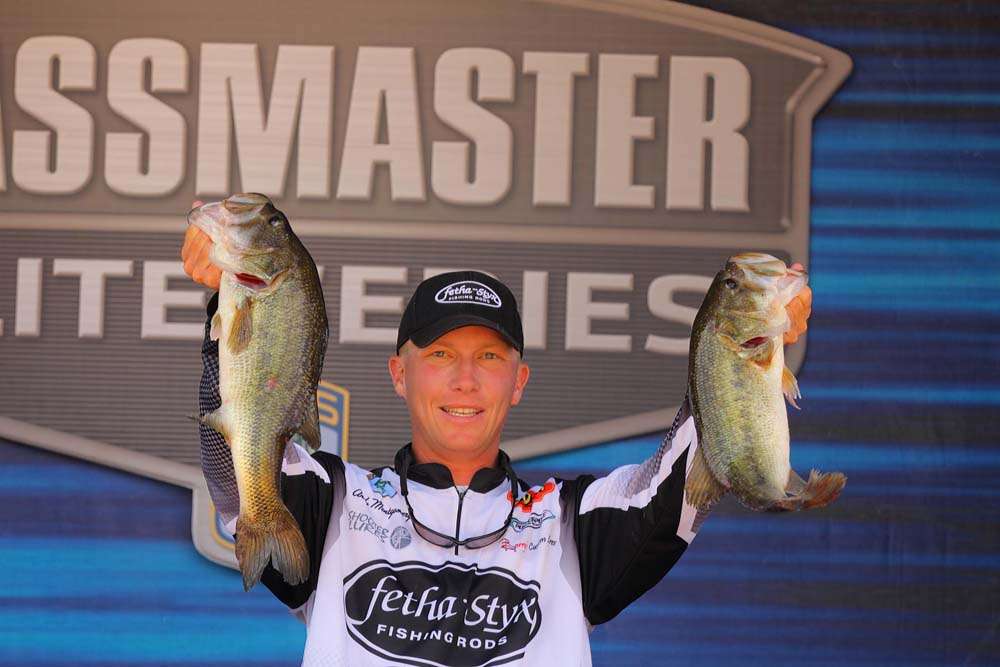
Ask Elite Series pro Andy Montgomery to give a one-word tip for wintertime bass fishing and he doesn't hesitate.
"Birds," he says decisively. "Watch for the birds; they'll tell you where the bait is."
Montgomery calls Blacksburg, S.C., home, and had a strong rookie season in the Elites. He had a Classic berth all but locked up until three subpar performances in the final events sidetracked him.
When the air and water get cold, Montgomery turns to the oldest "fish finders" in the industry — the gulls, terns and other feathery anglers who depend upon their fishing skills even more directly than the talented young pro.
"Birds not only have a great view of the fishery from up above," he says, "but they also have superior eyesight that helps them spot the baitfish they feed on. When you see birds circling and diving in an area, you can be sure baitfish are there. The bass usually aren't far behind."
Montgomery points out that the birds are typically spotting baitfish that are holding shallow over deep water. The bait may be only 3 or 4 feet deep, but over water that could be 20, 50 or 100 feet deep. Two things keep the bait shallow: the warming rays of the sun and ravenous predators below.
"If the birds are out over the main lake, it could be striped bass holding under the baitfish," Montgomery says. "If they're in a pocket or cove, it's more likely to be bass."
Sometimes you have to make a few casts to find out.
When Montgomery finds an area the birds like, he does most of his fishing with jerkbaits, jigging spoons and grubs, but the jerkbaits are his favorites.
"I like the Strike King Kevin VanDam Wild Shiner in any of the shad colors," he says. "I fish it on a Team Daiwa Zillion 6 1/2-foot medium action rod, a Team Daiwa Steez baitcasting reel (6.3:1) and 12-pound-test fluorocarbon line."
When it comes to retrieve, Montgomery admits it requires a little experimentation until you find just what the bass want on that particular day, but warns against fishing too slowly if it's not necessary.
"If you can tell the bass are actively feeding, you can definitely get away with a faster retrieve," he says.





